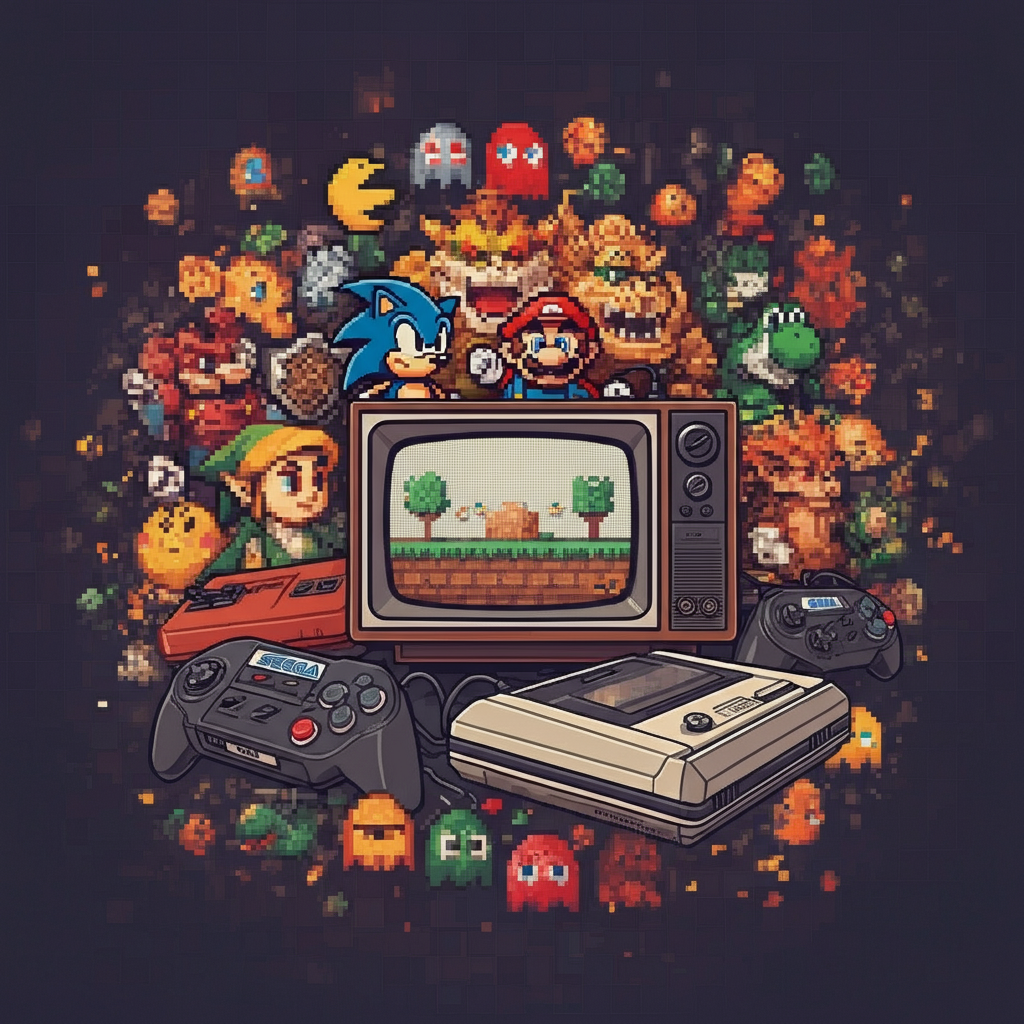
Introduction
Even while video games have advanced significantly since the era of chiptune music and pixelated visuals, many people still have a soft spot for the originals. A cultural asset that evokes treasured memories and unites generations of gamers, nostalgic games are more than just products of their era. These games have had a lasting impact on generations and are still popular among gamers today, whether it’s the excitement of racing across loops in Sonic the Hedgehog, dodging barrels in Donkey Kong, or setting out on an epic journey in The Legend of Zelda.
This article explores the timeless attraction of nostalgic games, including their iconic titles, rich cultural influence, and why these timeless games are still so relevant today.
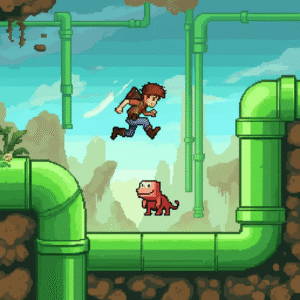
The History of Nostalgic Games
The Early Days of Gaming
When the gaming industry was still in its infancy in the 1970s and 1980s, nostalgic games first appeared. The foundation for what we now see as nostalgic classics was established by iconic gadgets like the Atari 2600 and the Nintendo Entertainment System (NES). By bringing the arcade into homes with games like Pong, Pac-Man, and Space Invaders, home gaming consoles transformed entertainment.
The allure of these games lay in their simplicity. Pong was essentially a digital table tennis match and is frequently recognized as the first commercially successful video game. However, it almost immediately became a cultural phenomenon, demonstrating to the world the kind of happiness that interactive entertainment might bring.
The Golden Age of Consoles
Many people consider the late 1980s and early 1990s to be the console gaming golden age. At this time, homes were enchanted by the vivid graphics and creative gameplay of systems like the NES, Sega Genesis, and Super Nintendo Entertainment System (SNES). Super Mario, Link, and Sonic, for example, were well-known and solidified their status as legendary figures in the gaming industry.
- Super Mario Bros. (1985): The Italian plumber debuted as a mustachioed mascot for Nintendo, and his adventures in the Mushroom Kingdom became a defining staple of the platforming genre.
- The Legend of Zelda (1986): The Legend of Zelda pioneered open-world exploration and introduced us to the magical land of Hyrule. Gamers of all ages joined Link on his mission to rescue Princess Zelda.
- Sonic the Hedgehog (1991): Sega’s blue blur became a symbol for speed, with his rings and loops showcasing Sega’s technological prowess against Nintendo.
These activities were more than just amusement; they helped people make memories. Friends battled for high scores, families huddled around CRT screens, and children rushed home from school to immerse themselves in these pixelated worlds whenever they had free time.
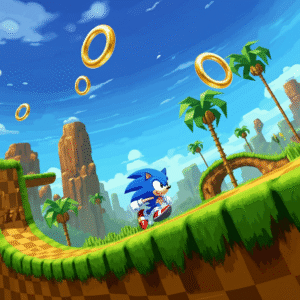
Why Nostalgic Games Hold Such Appeal
Simplicity is Timeless
The simplicity of nostalgia games is one of the reasons they are still so popular. These masterpieces rely on simple concepts and easy-to-use controls, in contrast to many of today’s graphically complex and multidimensional games. Pressing a few buttons to run, leap, or shoot while still feeling difficult has a certain universal accessibility.
For example:
- Tetris (1984), with its stackable blocks and near-endless gameplay, remains one of the most enduring puzzle games of all time.
- Frogger (1981) turned the act of crossing a busy street into a thrilling, high-stakes adventure.
These lightweight games ensured anyone could pick up and play, making them perfect for casual gamers while still offering depth for those seeking mastery.
Evoking Childhood Memories
For many people, nostalgic games are inextricably linked to happy, liberated, and companionable times. Whether you were racing against your siblings in Mario Kart 64, enduring the obstacles of Contra, or simply witnessing your avatar fly into a pit of lava in Oregon Trail, these games evoke a simpler era of life. They functioned as a common culture that cut beyond national boundaries.
The Influence on Modern Gaming
Millions of people’s childhoods were influenced by nostalgic games, which also act as models for contemporary producers. These titans are the foundation of the gaming business, which has grown into a multibillion dollar force. Classics like these are responsible for the mechanics of genres like shooters, platformers, and role-playing games (RPGs).
- Final Fantasy (1987), which popularized story-heavy RPGs.
- Metroid (1986), known for its pioneering “Metroidvania” exploration gameplay.
- Street Fighter II (1991), which pretty much invented the competitive fighting game scene.
These titles served as the model for almost all of their contemporary counterparts. Even popular open-world games, such as The Legend of Zelda: Breath of the Wild (2017), expand on fundamental ideas that were invented decades earlier by their forebears.
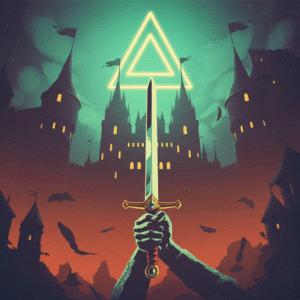
Iconic Nostalgic Games That Still Resonate
Super Mario Series
It is impossible to ignore Mario’s famous influence while talking about nostalgic video games. Mario’s escapades have defined gaming for many, whether it’s crushing Goombas, saving Princess Peach, or racing in a kart.
Every new game, from Super Mario 64’s groundbreaking use of 3D visuals to Super Mario World’s introduction of Yoshi, provided innovation encased in nostalgia.
Pokémon
Pokémon’s cultural effect is unmatched by many other games. Players were drawn into the world of capturing and training creatures in order to become a Pokémon Master, beginning with Pokémon Red and Blue in 1996. The timeless catchphrase “Gotta Catch ‘Em All!” perfectly encapsulates the allure that attracted both children and adults.
The Legend of Zelda
The fantasy role-playing game genre is defined by the Legend of Zelda series. Who could forget hearing the famous Overworld Theme or first wielding the Master Sword? Zelda games are adored by many because they skillfully blend storyline, puzzle-solving, and adventure.
Sonic the Hedgehog
The game Sonic the Hedgehog, which is renowned for its lightning-fast action and looping levels, is the product of Sega’s journey into speed and platforming. Many of the arguments between Sega and Nintendo fans during childhood were characterized by Sonic’s carefree demeanor and his rivalry with Mario.
Other Noteworthy Titles
- Pac-Man (1980): Navigate mazes while devouring pellets and avoiding colorful ghosts.
- Contra (1987): One of the most challenging co-op shooters, infamous for its legendary “Konami Code.”
- Duck Hunt (1984): A revolutionary light-gun shooter that turned players into hunters.
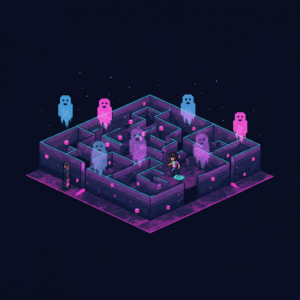
The Enduring Legacy of Nostalgic Games
Revival Through Remakes and Ports
Nostalgic games are timeless, but that doesn’t mean they remain stuck in the past. Many classics have seen revivals for newer audiences. HD remakes, remasters, or even complete overhauls bring fresh life to them. For example:
- The Legend of Zelda: Link’s Awakening received a stunning visual makeover in 2019.
- Crash Bandicoot N. Sane Trilogy brought the popular PlayStation mascot back to modern consoles.
- Classic collections like Super Mario 3D All-Stars ensure newer players can experience the origins of beloved franchises.
Retro-Themed Consoles
The popularity of vintage consoles like the Sega Genesis Mini and the NES Classic Edition is a direct result of people’s desire for nostalgia video games. Fans can relive treasured moments with these plug-and-play devices, which are preloaded with well-known titles.
Nostalgia in Indie Games
A lot of contemporary independent developers incorporate aesthetics and mechanics from the past into their works. Shovel Knight and Stardew Valley are two examples of games that evoke the pixel art and gameplay of the past, appealing to both new and seasoned players.
Why Nostalgia Will Never Fade
Nowadays, gaming serves as a bridge across generations and is more than just a pastime. Examples of how nostalgic games bind us together beyond time include a father introducing his child to the original Super Mario Bros., a group of friends competing against one another in a game of Mario Kart, or a lone player discovering an ancient Final Fantasy game for the first time.
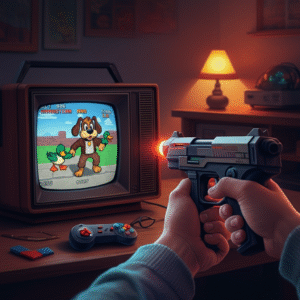
Final Thoughts
Because they bring back memories of our first controller, nostalgic games hold a particular place in our hearts. They are shared memories and emotional experiences rather than merely nostalgic games. Even while the graphics and gameplay aren’t as sophisticated as those in today’s AAA games, their heart more than makes up for it.
These games demonstrate that, despite ongoing advancements in graphics and perhaps more complex controls, the fundamental elements of gaming will always be enjoyment, exploration, and community. More than just goods, nostalgic games are enduring gems. They provide you the opportunity to hit “Start” and rediscover the magic, regardless of your level of gaming experience. Go for it!





Leave a Reply